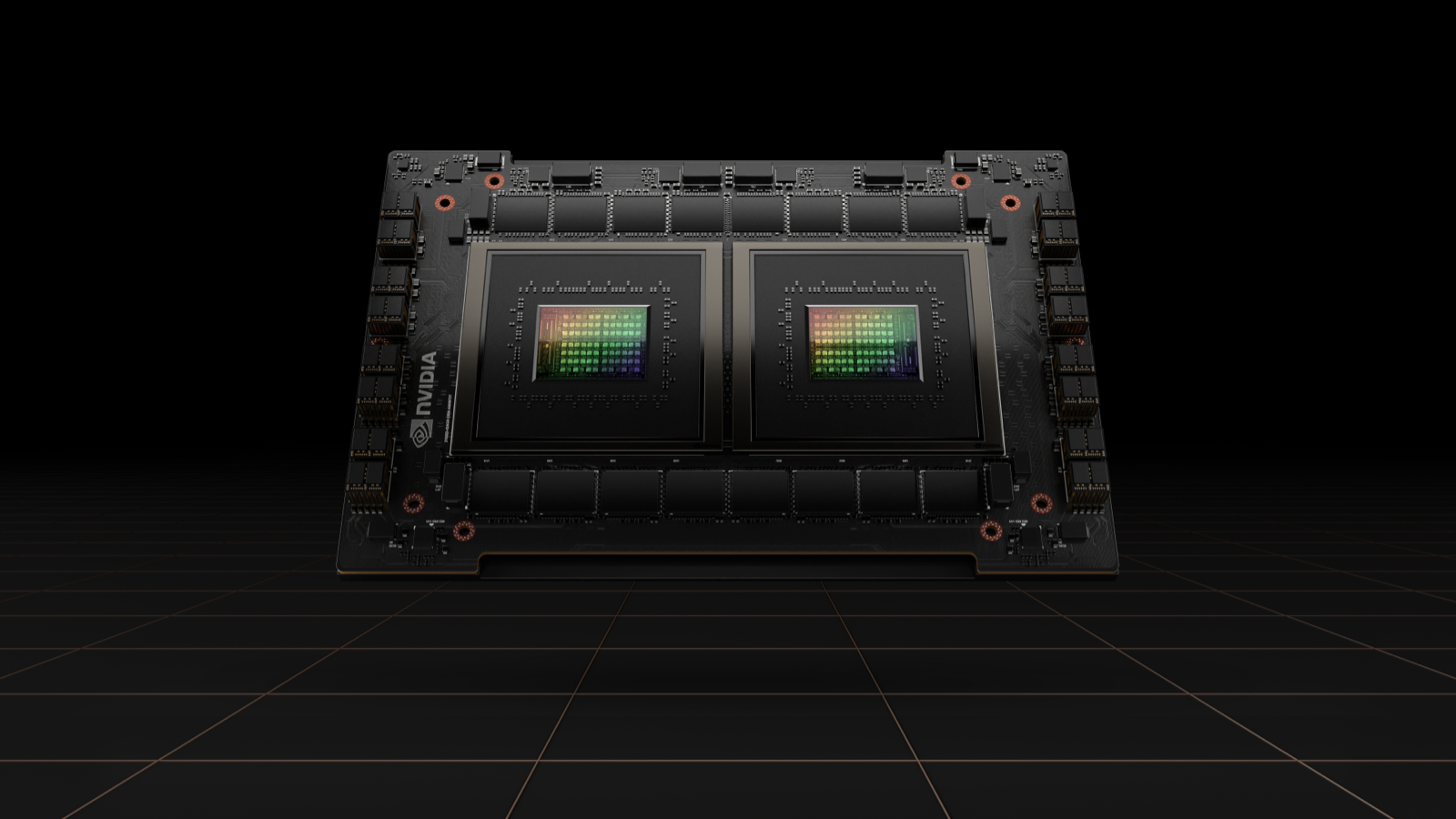IndustryTap has written a number of articles on biomimetics, also known as “biologically inspired design,” including bionic ants for use in industrial applications, butterfly wings, thermogenesis and detecting explosives, and more.
Now, in addition to engineering and design, biomimetics is reaching into new fields including chemistry, electronics, life sciences, and robotics. One recent breakthrough is the use of biomimetic materials and design for biointerfacial use, tissue engineering, and drug delivery systems.
Humans are slowly but surely expanding their “bag of technological tricks.” One interesting area of biomimetics is the growing field of study of the specific density and stiffness of technical and biological materials. Studies of surface properties at the nanoparticle level have led to the discovery of “electroactive polymers” that are showing promise in designing and creating “artificial muscles.” These artificial muscles are expected to provide robots with new capabilities including speed and agility that are currently only seen in humans and animals.
This is occurring at the same time that scientists and researchers are making significant progress in understanding cellular and molecular organization of bones, bone mechanics, bone biomimetics, and bone remodeling that is leading to the design and construction of bone scaffolds on which cells can be grown. Biomimetics is also helping dental researchers discover new ways to repair the biomechanical and structural design of teeth.
Finally, the future for biomimetics includes playing an increasingly critical role in current and future space exploration technologies.
The following video shows how biomimetics imitates nature and provides technology of great benefit to humans:






